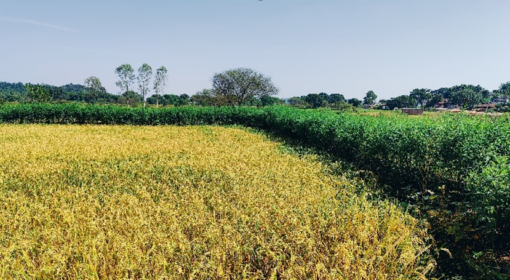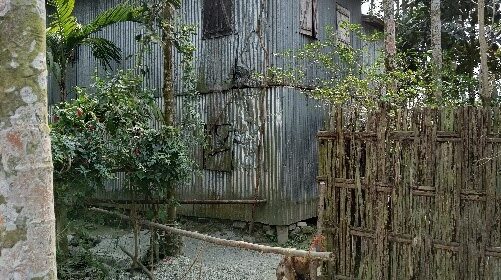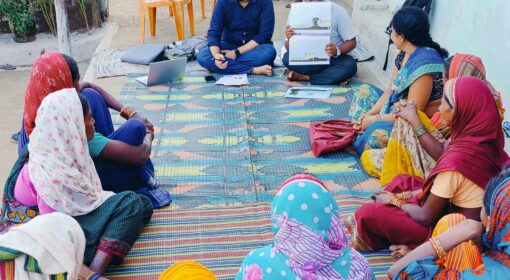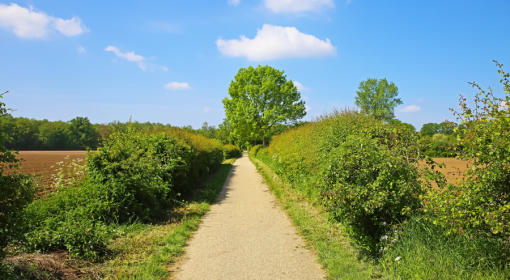by Shubham Jain , Pratik Ranjan , Arpan Mondal
Introduction
Hedges in the Indian agriculture landscape have been widely known for their economic benefit or gain. While they provide significant ecological benefits, such as preventing soil erosion, improving biodiversity, and enhancing water retention, these advantages are not always immediately visible. Farmers naturally prioritize tangible economic benefits. To successfully revive hedges, it is essential to align their adoption with monetary incentives, and in the long term, both benefits will be visible once it becomes a part of the farming system. From field visits and discussions with the community, we have identified the untapped potential of hedge-based farming. These interventions not only enhance sustainability but also promise tangible financial benefits, making hedges a viable and profitable investment for farmers.
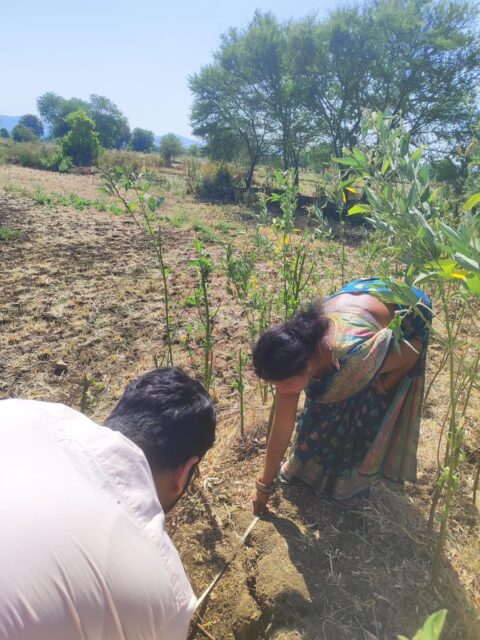
Optimizing Field Bunds
Field studies in Jharkhand reveal that hedges are not a common practice among farmers. Instead, bunds are often left underutilized, with only naturally occurring grasses growing during the monsoon season. These grasses serve as cattle fodder but provide minimal economic return to farmers. To address this, an intervention is being planned to introduce pigeon pea as a hedge crop. Pigeon pea offers multiple advantages: it is a rich source of protein and essential nutrients, support food security, improve soil fertility through nitrogen fixation, reduce the usage of chemical inputs, and fetch a good market price, ensuring economic benefits for farmers. Moreover, since it is already grown as an intercrop or on homestead land, its adoption as a hedge crop would be easy for the farmers. By demonstrating the economic value of bunds through pigeon pea cultivation, farmers can shift their perception of these underutilized spaces, integrating them into their agricultural strategy.
Cost dynamics of Hedges
From the field visit, we also conducted some calculations to understand the cost dynamics in terms of the cost-benefit ratio, return on investment (ROI), and net profit for pigeon pea, this assessment will help determine the economic feasibility of the crop and ensure that farmers receive better returns, encouraging greater adoption and utilization of bunds.
| Cost Benefit Analysis for Pigeon Pea (of Bunds in 1 acre=4000 m^2) | ||
| Total Cost | (INR)[1] | |
| Land preparation (if any modification is needed for bunds) | 1200 | |
| Tools and equipment (digging tools, sprayers, etc.) | 0 | |
| Seeds: Cost of pigeon pea seeds | 55.7 | |
| Labor: Planting, weeding | 600 | |
| Fertilizers & Manure: Organic or chemical inputs | 500 | |
| Pest & Disease Management: Pesticides, biocontrol agents | 500 | |
| Irrigation Costs: If additional water is required | 0 | |
| Harvesting and Processing | 600 | |
| Storage( Container or Sack) | 100 | |
| Transportation | 100 | |
| TOTAL | 3655.7 | |
| Total Revenue | Amount | |
| Survived plant after 10% Mortality | 1517.76 | |
| Production in Kg. | 95.62 | |
| Sales (Market price *Net Produce) in Rs. | 9562 | |
| Fuelwood in Rs. | 500 | |
| Others(Specify) | 0 | |
| TOTAL | 10062 | |
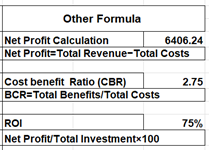
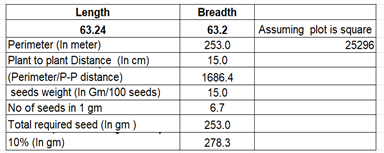
Pigeon pea farming proves to be financially viable, as indicated by key profitability measures. The net profit of 6400 confirms that after covering all production costs, farmers still earn a surplus, making cultivation economically sustainable. The cost-benefit ratio (CBR) of 2.75 further highlights its profitability, showing that for every ₹1 spent, farmers receive ₹2.75 in return, with a net gain of ₹1.75 per rupee invested.
Also, research shows that in India, pigeon pea cultivation generally shows a positive cost-benefit ratio, with net profits ranging from ₹33,797 to ₹34,373 per hectare and a cost-benefit ratio (CBR) of around 1.67 to 2.32[2].
Additionally, the return on investment (ROI) of 75% reflects efficient resource utilization, ensuring that farmers receive a significant return relative to their expenses. These financial indicators suggest that pigeon pea is a profitable crop, offering a good balance between costs and revenue, making it an attractive choice for agricultural investment.
Similarly, Acacia trees require an initial investment to purchase saplings from nurseries, along with labor costs for plantation and fencing in the initial years. However, they offer high returns, as each tree can fetch a price ranging from ₹5,000 to ₹8,000 after 3 to 5 years. Additionally, around 15 to 20 trees can be grown along these bunds, making it a profitable long-term investment.
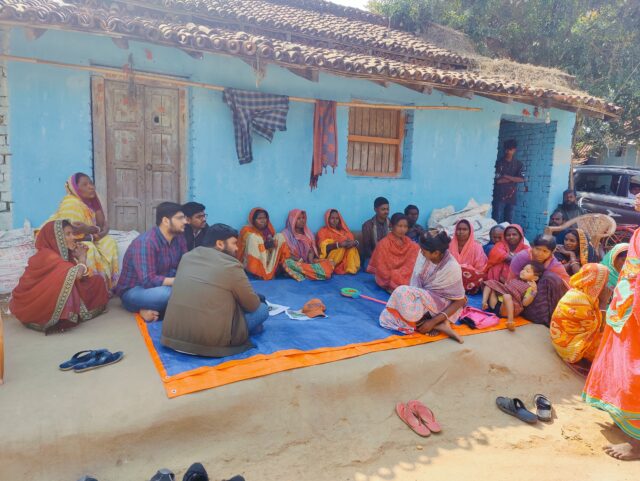
Way Forward
The revival of hedges in Indian agriculture requires a shift in perspective—one that integrates both ecological and economic benefits. While their environmental advantages, such as soil conservation, biodiversity enhancement, and water retention, are well-documented, immediate financial incentives remain the key driver for farmers. Field studies in Jharkhand and Madhya Pradesh highlight the potential of hedge crops like pigeon pea and alternative tree species such as Acacia and Gmelina Arborea. These interventions not only provide farmers with sustainable income but also improve soil health and reduce dependency on harmful agricultural practices. By aligning hedge adoption with economic viability, farmers can transform underutilized spaces into productive assets, ensuring long-term resilience and sustainability in Indian agriculture.
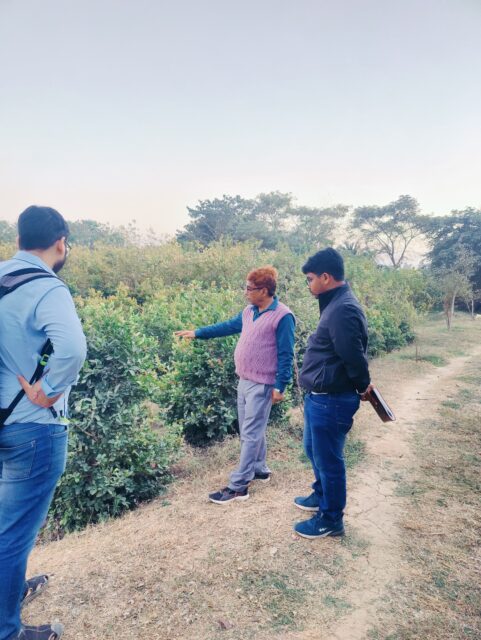
[1] All values are in INR( Indian Rupees)
[2] An Economic Analysis of Pigeon Pea Production in Maharashtra State, India,International Journal of Environment and Climate Change,Issue: 2023 – Volume 13 [Issue 12]
Supported by the RVO project: Agricultural Transition through Productive Biodiversity and Nature Based Solutions
